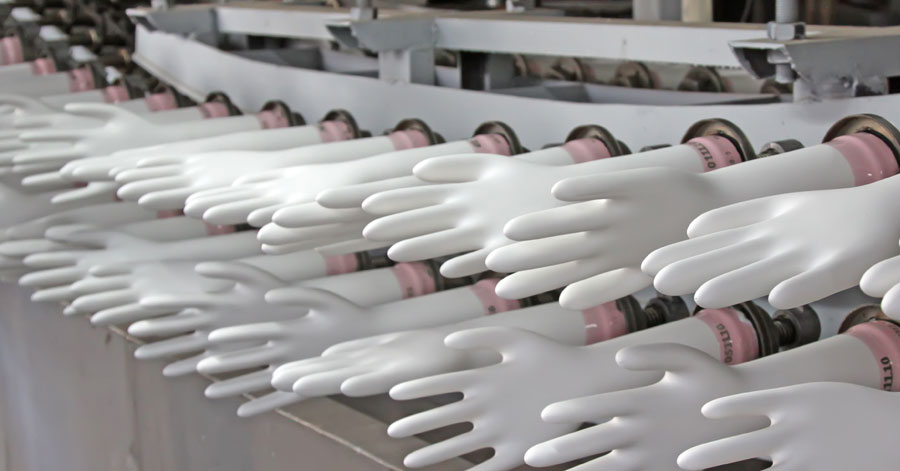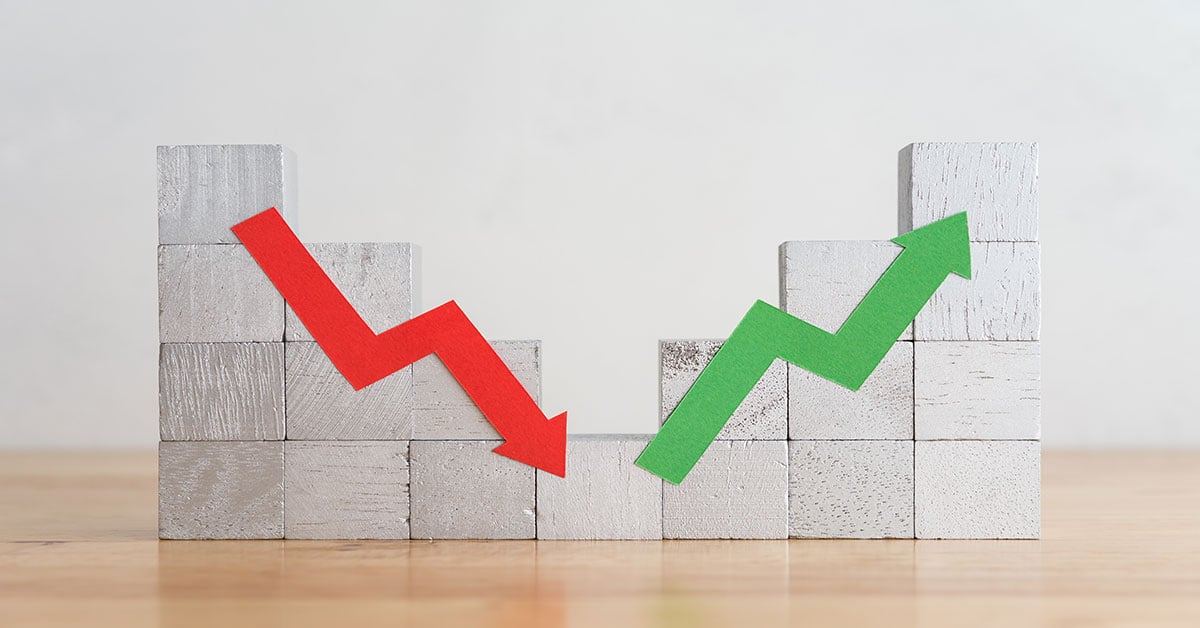2 min read
Hopes Fade for Acrylonitrile Market Recovery Following 2019 Restructuring
 Shirley Zhao
:
May 14, 2020 12:00:00 AM
Shirley Zhao
:
May 14, 2020 12:00:00 AM

The Covid-19 pandemic has seen acrylonitrile-related industries such as automobiles and fashion hit by factory closures and reduced consumer spending. Low expectations for economic recovery mean that uncertain individual finances and hesitant personal spending are unlikely to lead to a rebound anytime soon and the outlook is conservative.
Acrylonitrile markets were active in the first half of 2019, due to a force majeure at Ineos’ plants in Seal Sands, UK, and Green Lake, USA. Ineos then announced its intention to consult with employees before the proposed closure of the plant at Seal Sands on Teesside on 3 October. New capacity from Jiangsu Sailboat, China started to commission in September 2019 and to some extent was expected to offset the shortfall resulting from the closure Ineos at Seal Sands. So, overall, the acrylonitrile market was balanced through and coming out of last year.
In the wake of the Coronavirus outbreak in China in January 2020, close to the traditional Chinese New Year holiday season, people were encouraged to stay home to control the spread of the virus. Consequently, most industries suspended production as employees delayed returning to work from the holiday break as public transportation and logistics ground to a halt.
With the pandemic stabilized in China, control measures eased in late February, but the effects of any recovery on the economy took longer to become apparent. During this period, Chinese acrylonitrile producers were able to maintain steady production at their plants but were cautious not to increase operating rates beyond those needed to meet immediate needs. Acrylonitrile downstream sectors weakened in these difficult times. Derivative producers chose to cut output and some ceased production.
ABS consumption started to recover from March with the further easing of pandemic restrictions as downstream orders placed before the Spring Festival started to be fulfilled and ABS output increased accordingly. ABS demand continued to improve in April as producers took advantage of low feedstock costs and support measures such as low-interest rate loans to build inventories. Good margins on ABS production stimulated domestic producers to operate at high plant utilization rates. The ABS industry received a further boost in mid-May when the Chinese government announced that helmets would become a legal requirement for motorcyclists, with the new regulation taking effect on 1 June 2020. ABS is widely used in helmet production due to its reasonable cost and physical properties. Acrylonitrile consumption in ABS has improved as a result.
Offtakes of acrylamide recovered only gradually from the Covid-19-induced lock-down and remain weak compared with last year when demand was also sluggish.
Acrylic fiber demand has also softened as people focus on purchasing essentials, and there is no sign that it will improve in the next few months.
Demand from NBR, used in protective gloves, is good and is expected to stay so.
Overall, demand for acrylonitrile has decreased and domestic producers are seeking export opportunities. China Customs statistics show total exports of acrylonitrile in Q1 2020 of 16,981 tons – almost ten times that in Q1 2019. The profitability of acrylonitrile production in China has fallen, with some producers reporting negative margins. As a result, Chinese producers have reduced acrylonitrile output and the commissioning of the new acrylonitrile plant of Zhejiang Petrochemical has been delayed several times.
The situation in Europe and North America is similar to that in China. The spread of the Covid-19 pandemic has caused the lockdown of cities and countries, and economic activity is restricted. Acrylonitrile deliveries are being made mainly according to annual contracts with spot transactions sharply reduced.
In ABS markets, the shortfall in demand from the automobile industry is offset by increased consumption applications such as home appliances, medical and telecommunications equipment, and lower imports. Acrylamide markets have weakened, and acrylic fiber consumption has also decreased as downstream plants shut down. NBR production remains good but is not enough to add much strength to acrylonitrile markets due to its limited quantity. Overall, low demand is restricting acrylonitrile production to the extent that producers are choosing to shut down plants or cut output.
Subscribe to our blog to stay up to date on the latest market insights and trends impacting the global chemicals industry.




